In a groundbreaking move for the Drone Industry, Norway is advancing offshore oil platform inspections with a permanently installed DJI Dock drone system on the Edvard Grieg platform, operated by Aker BP ASA. Pilots in Stavanger, located 112 miles (180 kilometers) onshore, remotely control the drone to enhance safety and efficiency, marking a significant leap in Drone Technology for the energy sector, according to a recent Bloomberg report.
A New Era of Drone Technology in Offshore Inspections
The Edvard Grieg platform, situated in the North Sea, now hosts a drone with a dedicated docking station, a first for the industry. This setup allows the DJI drone to conduct structural integrity checks, monitor emissions, and detect leaks while streaming live footage back to the control room in Stavanger. Aker Solutions, the technology provider, emphasizes that the system reduces the need for human presence offshore.
“Instead of having a crew carry it on board the platform, then do the job, then take it back home again, the drone is always there,” said Joachim Hovland, head of drones and robotics at Aker Solutions.
This innovation cuts operational risks and lowers costs by minimizing offshore worker deployments. The drone’s sensors collect data that is recorded and analyzed using Artificial Intelligence and machine learning algorithms. These technologies enable predictive maintenance, identifying potential issues before they escalate, which is critical for platforms operating in the harsh North Sea environment. The system’s ability to operate remotely also aligns with Norway’s efforts to clear airspace over North Sea rigs for drone use, a regulatory step that could set a precedent for other regions.

Benefits for Drone Professionals and the Energy Sector
For drone professionals, this development highlights the growing role of unmanned aerial vehicles (UAVs) in industrial applications. The permanent installation eliminates the logistical challenges of transporting drones to offshore sites, a process that often requires helicopters or boats. By reducing human involvement, the technology not only enhances safety but also lowers operational expenses, a key consideration for oil companies facing pressure to optimize budgets.
The system’s scalability is another advantage. “Not too many at once, ‘because it needs to be done safely,’” said Anja Dyb, senior vice president at Aker Solutions, noting that humans currently pre-program flight paths and monitor inspections. However, Aker Solutions envisions a future where drones operate autonomously, further streamlining inspections across multiple platforms.

Industry Trends and Future Implications
The use of drones for oil and gas inspections isn’t new—regulators and companies globally, from the U.S. to the U.K., have employed UAVs for years to monitor infrastructure and emissions. However, Norway’s approach with a fixed drone system sets a new standard. Aker Solutions predicts that fully autonomous drones, flying without remote pilots, could become a reality in the coming years, potentially transforming the industry’s operational model.
This advancement also reflects broader trends in the energy sector, where digitalization and automation are driving efficiency. For drone professionals, the shift opens opportunities for specialized roles in remote piloting, data analysis, and UAV maintenance. On the regulatory front, Norway’s proactive stance on airspace management could encourage other nations to adopt similar frameworks, fostering global adoption of offshore drone systems.
As the drone industry continues to evolve, Norway’s initiative with Aker Solutions demonstrates how UAVs can redefine safety and efficiency in challenging environments like the North Sea. This milestone not only benefits the energy sector but also positions drone technology as a cornerstone of modern industrial operations.
Photo courtesy of Aker BP.
Discover more from DroneXL.co
Subscribe to get the latest posts sent to your email.

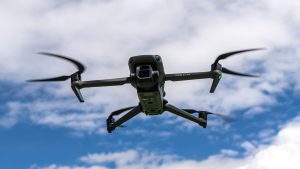
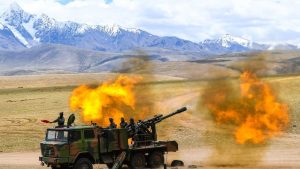
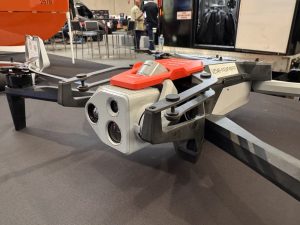
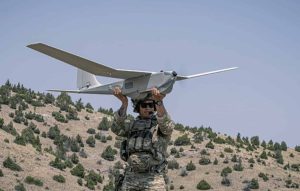
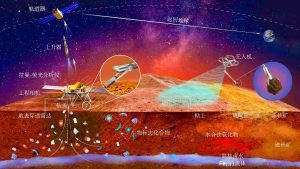


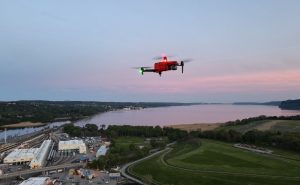

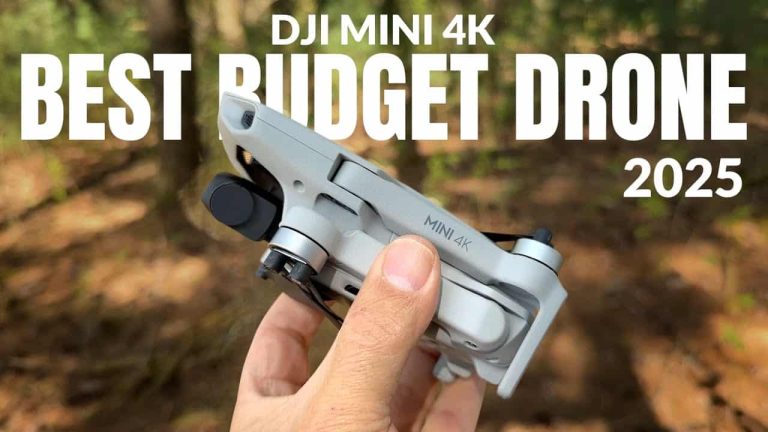
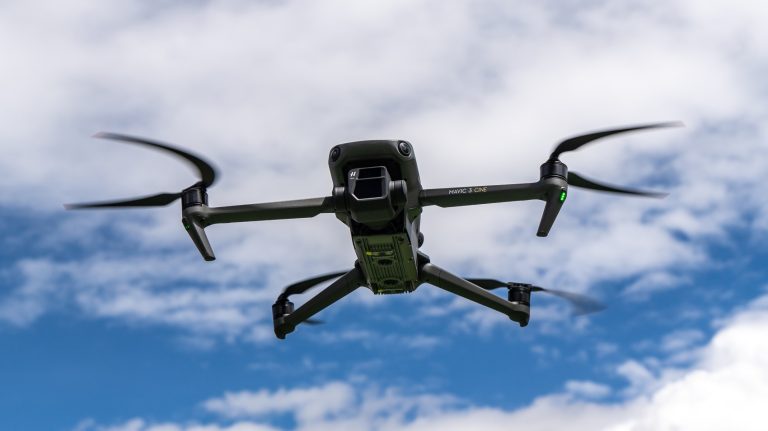
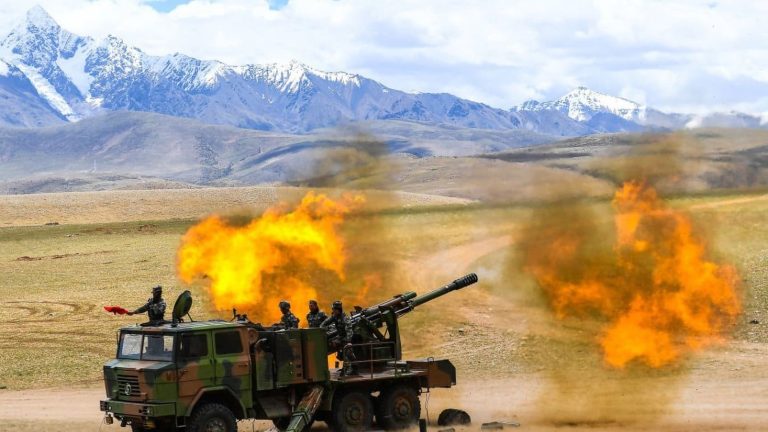


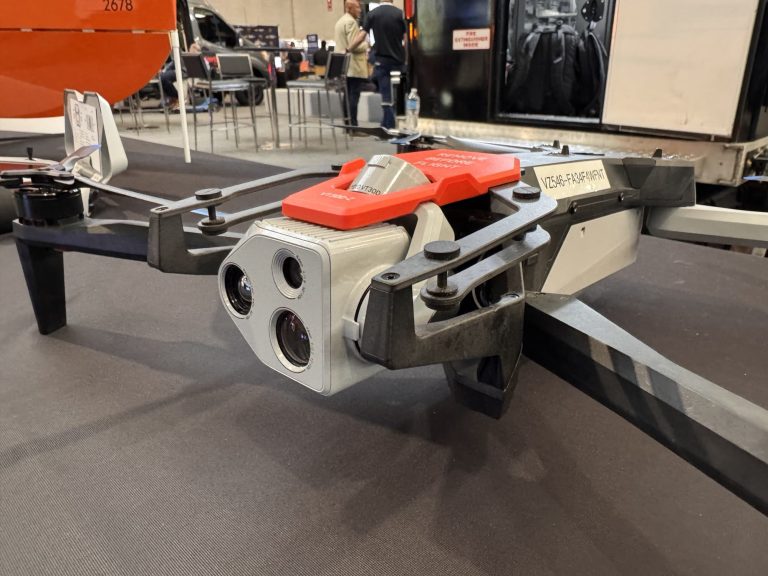

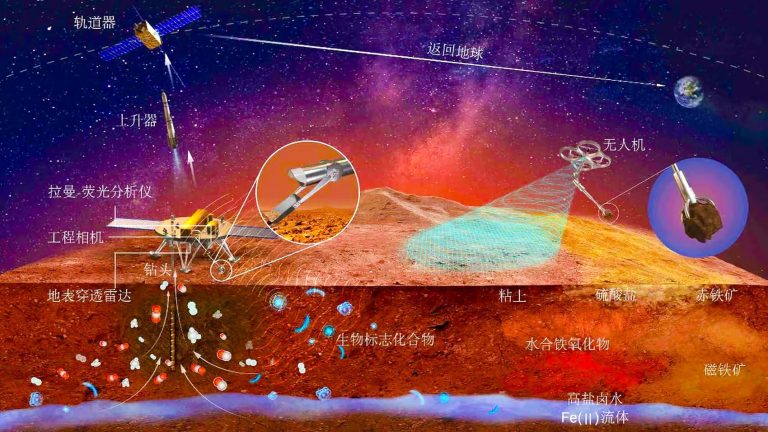

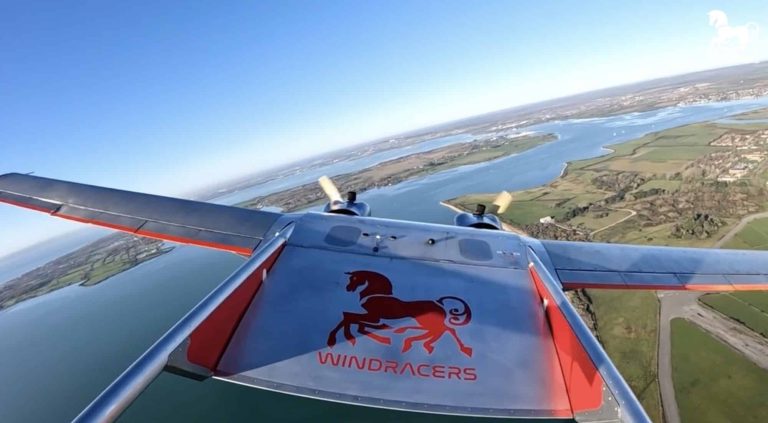
+ There are no comments
Add yours